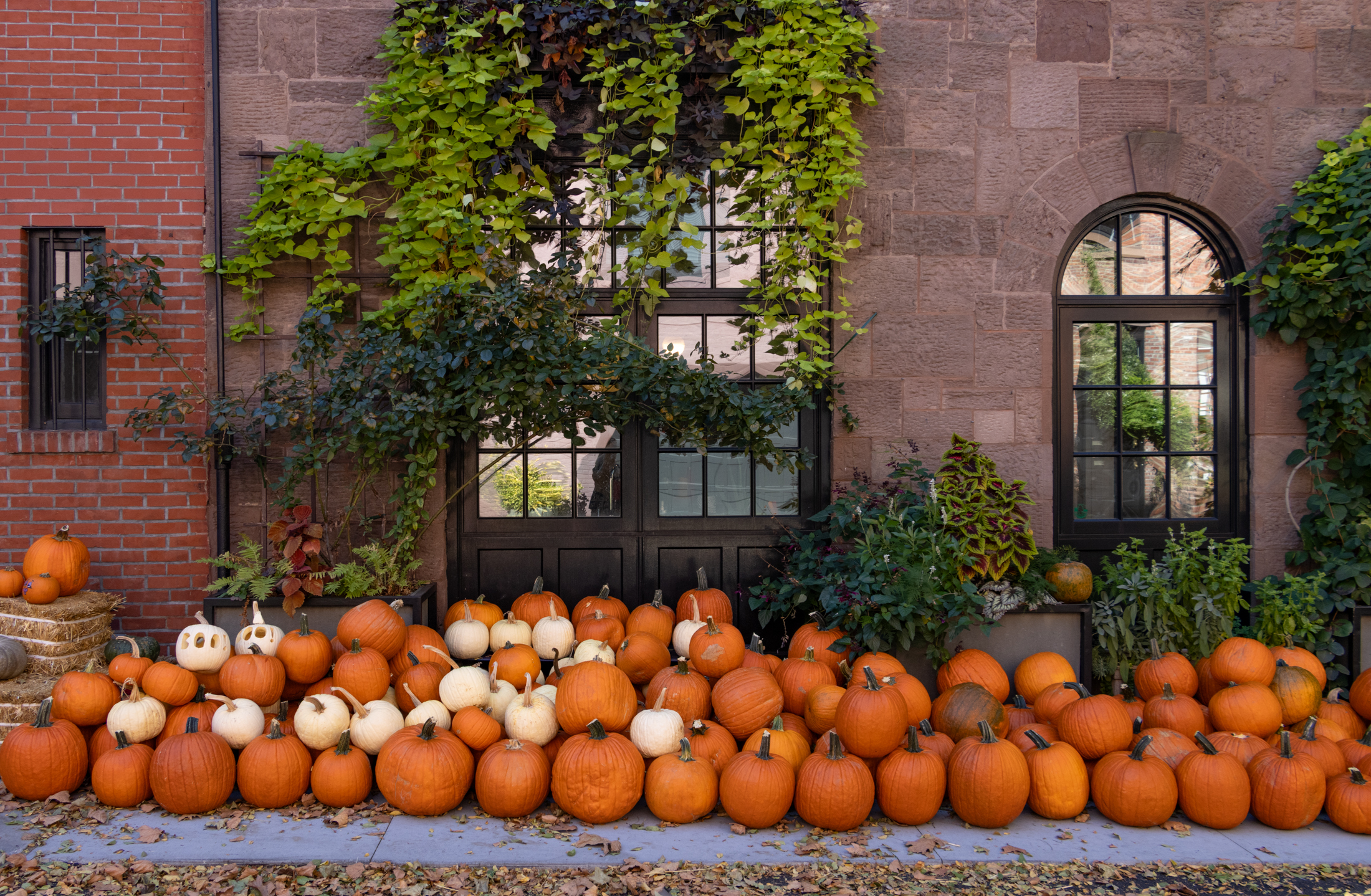Close Up on Cornices
When you are standing on the elevated platform on the Brooklyn-bound side of the Marcy Avenue stop, you are at about eye-level with the top floor of the four-story buildings that line Broadway. This provides an unusually close view of the cornices, some of which are quite interesting. This one in particular caught our eye…
When you are standing on the elevated platform on the Brooklyn-bound side of the Marcy Avenue stop, you are at about eye-level with the top floor of the four-story buildings that line Broadway. This provides an unusually close view of the cornices, some of which are quite interesting. This one in particular caught our eye because the fact that it is made of wood is so glaringly obvious. This got us thinking about what cornices were made out of over the years. We’re hoping there are some architectural history buffs out there who know something about what cornices were constructed of over different periods. This is of particular interest to us because our house is missing its cornice, so at some point in the near future we’ll want to get a replacement made.





Replace your cornice as soon as possible it is not mearly decorative. As one restoration buff once said to me: “the cornice is the umbrella of your facade.”
i have seen metal ones in salvage shops
I saved an article in The NY Times last year about cornices knowing I’d need it one day. They were highlighting a company named Architectural Fiberglass Corp.
http://www.afcornice.com/
Looking forward to it, Matthew!
The one on my house is metal. Can’t say for certain is original but does look exactly like house next door.
I would guess house dates from 1850’s.
The origin of this kind of detail can be traced to construction of the early wooden Greek temples. (Elements that are coming thru on the cornice use to be a wooden beams)
Later as Greeks moved to stone they carried on the same style (elements were not part of the construction but just a decoration)
And from ancient Rome thru renaissance to 19 century architect were coping and reinterpreting this style in different materials (stone, wood, metal, fiberglass)
I have heard that fiberglas could be a great replacment material for cornice. It does not rot and rust and it super light and cheap to make.
http://www.kreysler.com/about/press/ct1-art.htm
They use to be “fake” (metal stamping) so fiberglass is very honest approach in this sence
I have seen some excellent restorations done using fiberglass cornices. Pro’s are that it looks just like the old stuff, is light weight, so is easy to lift and attach, and does not deteriorate at anything like the rate of metal or wood.
Con’s are – well it is not a “Traditional Building Material”. Any one have any other cons?
http://www.fiberglass-afi.com/fiberglass-cornice.htm
The cornice of my Greek Revival is made of wood. And so is the cornice of the Federal-era house next door.